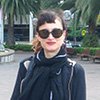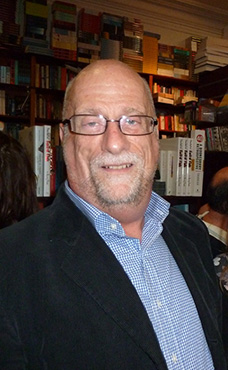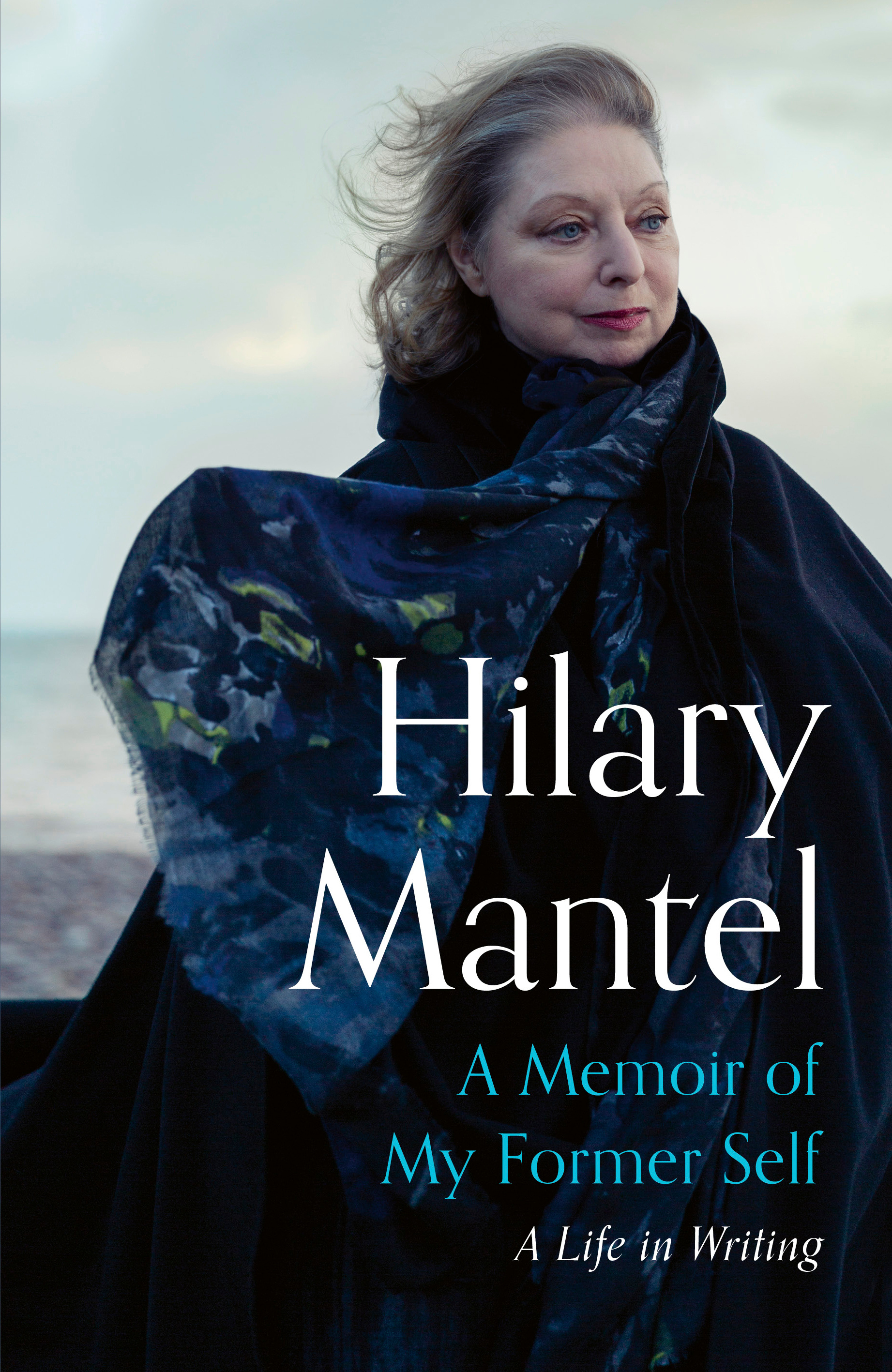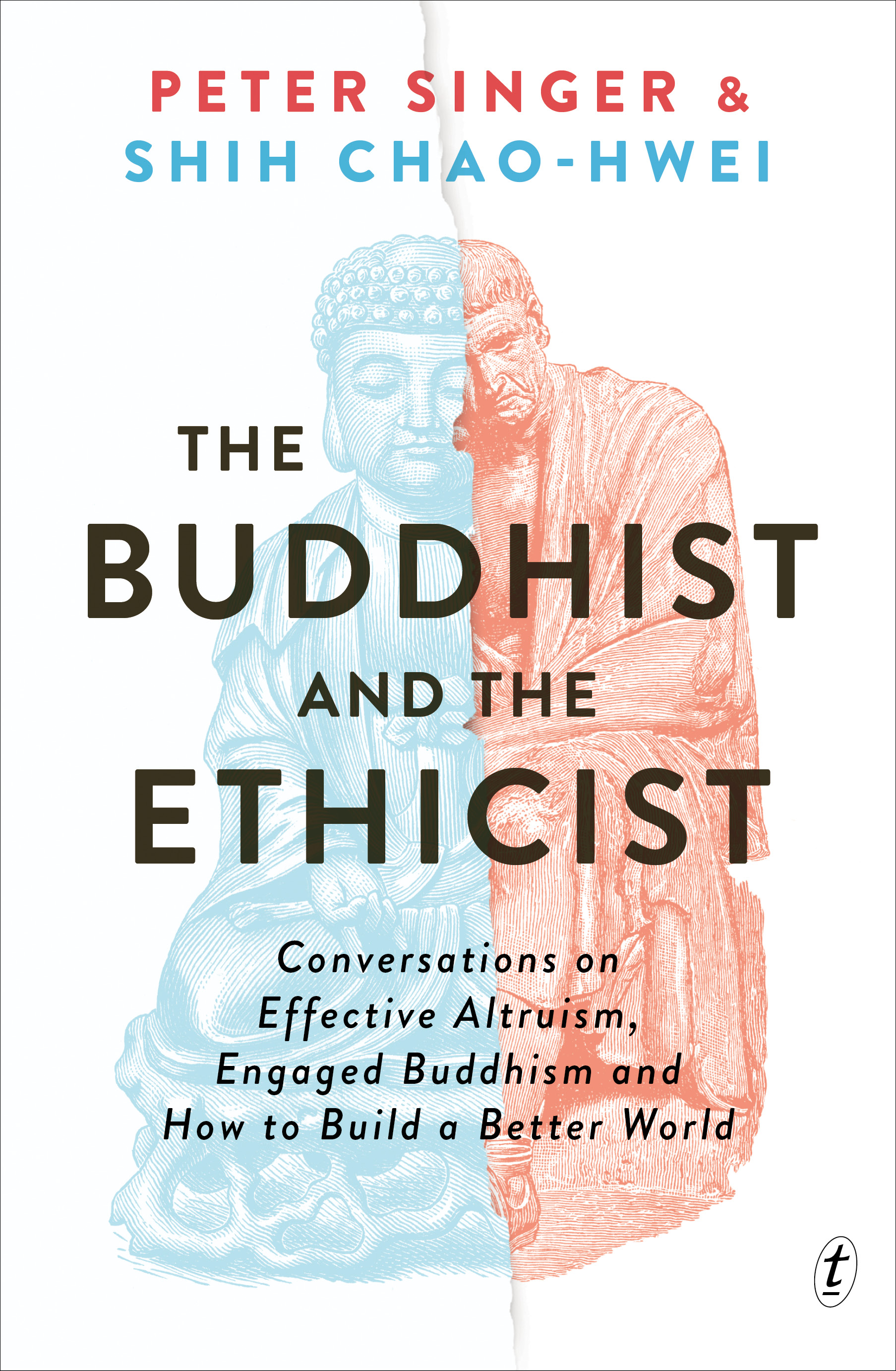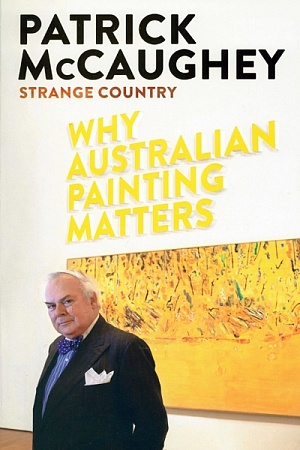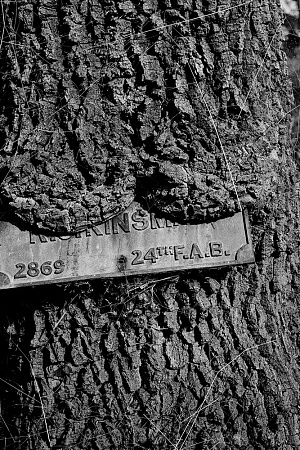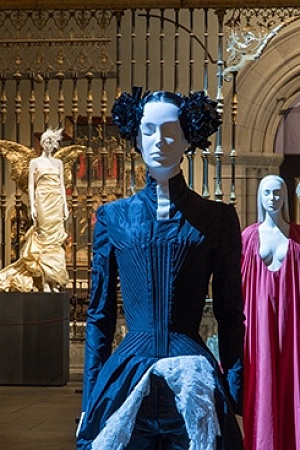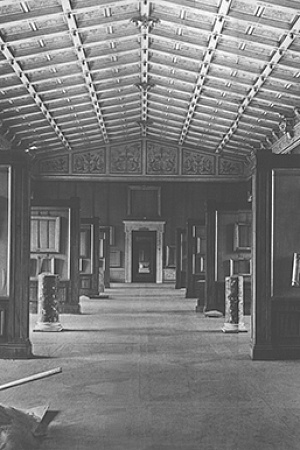TarraWarra Biennial 2018: From Will to Form
Curated by Emily Cormack, the 2018 TarraWarra Biennial positions itself as a paean to the liveliness of artistic gesture. The exhibition’s curatorial frame invokes the notion of ‘will’, derived from Friedrich Nietzsche’s infamous notion of the will to power; although less the idea of an ambition to mastery – as troublingly appropriated by German fascism – than the philosopher’s conception of its creative and life-affirming capacities. Cormack predicates Nietzsche’s concept as a starting point for her interest in what she terms the work of art’s ‘willful energy’. ‘I wanted to begin with the object’s will, focusing on its force, and tracking its path to form,’ she writes in the catalogue. ‘In doing so, I realised that this willful energy is in fact a coming together of many forces in the artworks, which swirl like small eddies within a larger, dynamic waterway.’
The exhibition is heavily sculptural, with many of the works forged from dense and tactile materials such as clays, ceramic, wax, bronze, fibreglass, and earth ochres. The emphasis on form in its shaping sense is apparent in several works, such as Starlie Geikie’s Abri (2018), a huge fan-like structure made from hand-dyed cotton calico affixed to strutting designed as a kind of body architecture. This enormous textile form hangs on a wall and is supplemented by two photographs documenting Geikie in an open field, enveloped in the oversized construction, the artist’s pose suggesting the angular and stylised gestures of Kabuki theatre. The double-helix structure of Hiromi Tango’s Healing Chromosomes (2017) reference epigenetics but more conspicuously foregrounds the artist’s elaborate and painstaking processes of weaving – if not taming – masses of wire, wool, and acrylic into the schematic form.
Belle Bassin’s excision of a section of earth from the adjacent landscape in the shape of a figure eight, relocated to the gallery’s interior, elegantly activates a contrast between the unruliness of plant life and the cool rationality of contemporary museum architecture. Titled In Your Place, An Empty Space (2017–18), the work embodies a more succinct gesture of forming. Bridie Lunney’s All for Nothing (2018) is a composite work of a wedge of brass sheeting nestled in a wall corner, alongside distantly placed tiny wall perforations – both designed as surfaces to be sung into as a sonic activation of the museum architecture. More patently fabricated is John Meade’s array of cast aluminum and plastic objects. Enamel-coated in astringent colours like lime and lemon yellow and draped with strings of acrylic beads, these small-scale jaunty sculptures connote retro décor or the kitsch styling of 1960s sci-fi films like Barbarella (1968).
Continue reading for only $10 per month. Subscribe and gain full access to Australian Book Review. Already a subscriber? Sign in. If you need assistance, feel free to contact us.
